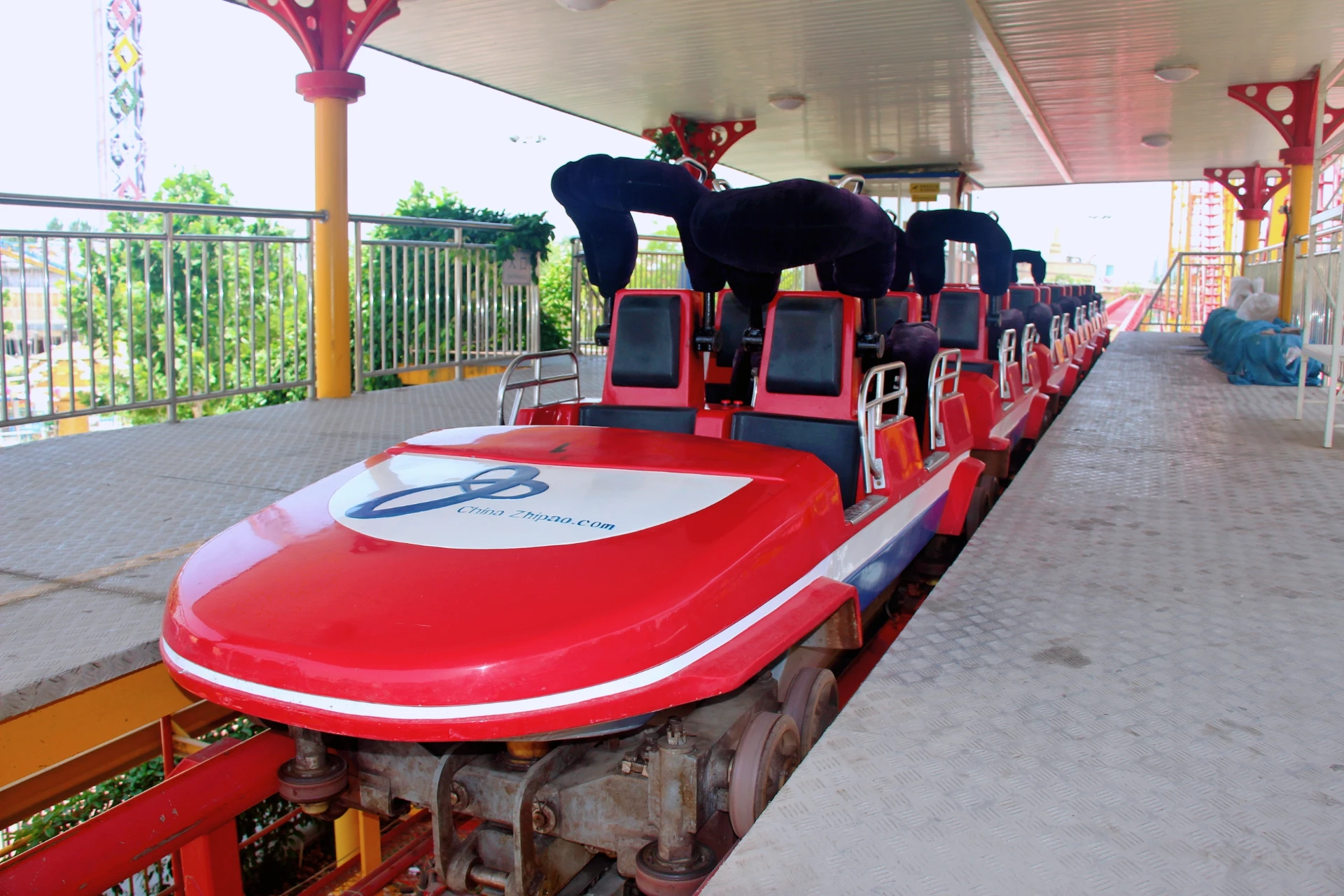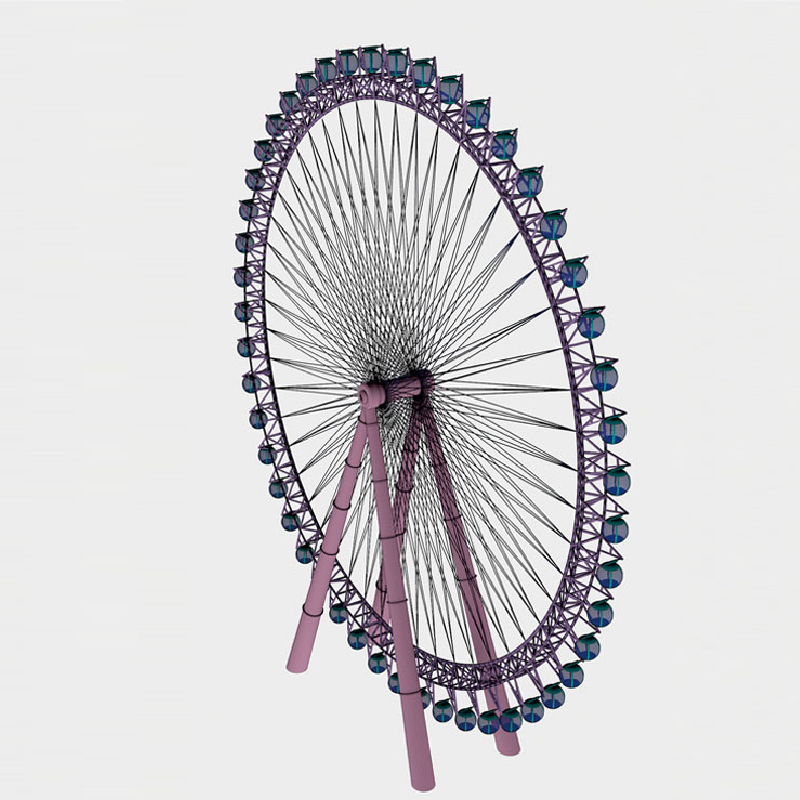- Albanian
- Arabic
- Belarusian
- Bengali
- Czech
- English
- French
- German
- Hebrew
- Hungarian
- Indonesian
- irish
- Italian
- Japanese
- kazakh
- Persian
- Russian
- Thai
- Uzbek
- Vietnamese
Feb . 16, 2025 09:14
Back to list
all types of roller coasters
Roller coasters, with their twisting tracks and gravity-defying drops, have long captivated thrill-seekers around the globe. This article explores the diverse types of roller coasters, delving into their unique characteristics, engineering marvels, and the exhilarating experiences they offer. Whether you're an enthusiast or a casual fan, understanding these categories can deepen your appreciation for these rides and perhaps even inspire your next amusement park adventure.
Dive coasters bring an extra element of suspense to the roller coaster lineup. Known for their signature near-vertical drops, dive coasters pause at the brink, offering riders a moment to contemplate the impending descent before plummeting earthwards. This combination of anticipation and free-fall experience distinguishes dive coasters within the amusement park realm, delivering an intense rush that's hard to match. Flying coasters elevate the riding experience by positioning passengers in a prone position, simulating the sensation of flight. Riders are harnessed face-down, as if soaring through the skies, which enhances the illusion of flight and offers a thrilling blend of fear and exhilaration as they twist and loop through the air. This unique perspective is not only a feat of engineering but also a testament to the creative possibilities within coaster design. As the quest for novelty continues, amusement parks are experimenting with virtual reality coasters. These rides integrate cutting-edge VR technology with the physical thrills of a roller coaster, immersing riders in a virtual world that syncs with the ride’s movements. The seamless integration of visual storytelling with physical sensations marks a new frontier in themed entertainment, expanding the boundaries of what a roller coaster experience can entail. Roller coasters, with their multiplicity of forms and innovations, reflect the ever-evolving landscape of amusement park entertainment. The continual push for greater heights, faster speeds, and more immersive experiences speaks to a universal desire for adventure. Whether you are drawn to the heart-pounding speed of steel coasters, the nostalgic allure of wooden tracks, or the inventive twists of modern innovations, there is a roller coaster for every thrill-seeker. As technology advances, the possibilities for future coaster designs seem limitless, promising even more exhilarating adventures for generations to come.


Dive coasters bring an extra element of suspense to the roller coaster lineup. Known for their signature near-vertical drops, dive coasters pause at the brink, offering riders a moment to contemplate the impending descent before plummeting earthwards. This combination of anticipation and free-fall experience distinguishes dive coasters within the amusement park realm, delivering an intense rush that's hard to match. Flying coasters elevate the riding experience by positioning passengers in a prone position, simulating the sensation of flight. Riders are harnessed face-down, as if soaring through the skies, which enhances the illusion of flight and offers a thrilling blend of fear and exhilaration as they twist and loop through the air. This unique perspective is not only a feat of engineering but also a testament to the creative possibilities within coaster design. As the quest for novelty continues, amusement parks are experimenting with virtual reality coasters. These rides integrate cutting-edge VR technology with the physical thrills of a roller coaster, immersing riders in a virtual world that syncs with the ride’s movements. The seamless integration of visual storytelling with physical sensations marks a new frontier in themed entertainment, expanding the boundaries of what a roller coaster experience can entail. Roller coasters, with their multiplicity of forms and innovations, reflect the ever-evolving landscape of amusement park entertainment. The continual push for greater heights, faster speeds, and more immersive experiences speaks to a universal desire for adventure. Whether you are drawn to the heart-pounding speed of steel coasters, the nostalgic allure of wooden tracks, or the inventive twists of modern innovations, there is a roller coaster for every thrill-seeker. As technology advances, the possibilities for future coaster designs seem limitless, promising even more exhilarating adventures for generations to come.
Next:
Latest news
-
Flume Ride-Hebei Zhipao Amusement Equipment Manufacturing Co., Ltd.|Thrilling Water Attraction&NIST Safety StandardsAug.01,2025
-
Double Ferris Wheel Sale | Premium Custom RidesJul.31,2025
-
Flume Ride-Hebei Zhipao|Water-Based Attraction, Safety Standards, High-Speed DescentJul.31,2025
-
Flume Ride: Thrilling Water-Based Adventure & Advanced Engineering - Hebei ZhipaoJul.31,2025
-
Flume Ride-Hebei Zhipao Amusement Equipment Manufacturing Co., Ltd.|Thrilling Water Attraction&Customizable DesignJul.30,2025
-
Flume Ride - Hebei Zhipao Amusement Equipment | Water Coaster, Thrilling DescentJul.30,2025
